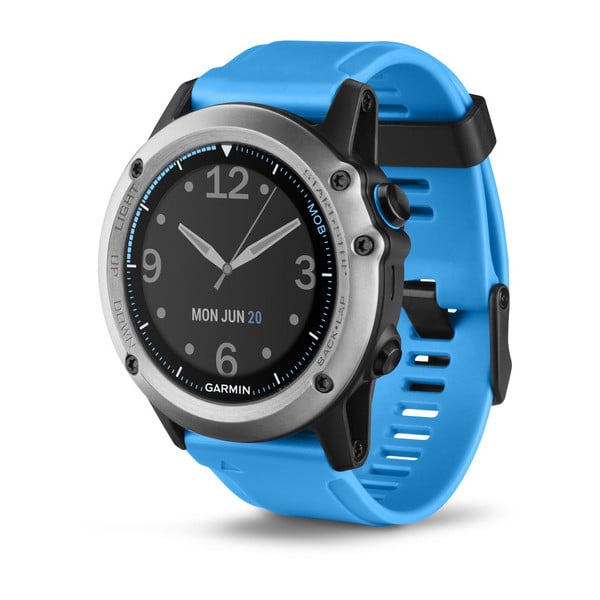Dealing with my (ir)rational fear of an open ocean MOB
One of my biggest fears relative to our upcoming ocean crossing is the possibility of someone falling off of the boat in the open ocean. The biggest issue with this is not really drowning, since we should be wearing life vests, the problem as I see it is that ocean swell could make it nearly impossible to actually find the person who has fallen off. The first step in this is actually knowing that someone has fallen overboard as soon as it happens.
Can you imagine a sole person on deck falling overboard at night and no one knowing about it for hours? There’s literally no chance of finding that person again.
In order to mitigate the risk there are a few things we need to do.
- Make sure NO ONE falls off
- Make sure crew on board know immediately IF someone falls off
- Make sure crew on board can quickly find the person who HAS fallen off
Obviously, prevention is better than the cure here.. Adults and children will be wearing life vests. At night, and in inclement weather, the on-watch crew will be tethered in while others are down below. Any crew going forward on deck will also be tethered via jacklines and other attachment points. These measures should prevent 99% of the chances of falling off in the first place. We’ll certainly focus on the above as the primary solution.
But as we all know anything is possible so we still need to plan for the what-if. We need something that can tell the remaining crew aboard the boat if anyone happens to go overboard. Luckily there are devices that can produce these types of alarms.

One notable device is a watch from Garmin (the Garmin Quatix and soon to be released Quatix 3) that, when paired with a Garmin brand chartplotter, can trigger a man-overboard (MOB) alarm when the wearer gets more than 30-ish feet away.
Raymarine also makes dedicated arm band devices called LifeTag that do effectively the same thing when connected to a Raymarine brand chartplotter. These systems are sometimes known as proximity MOB alarms.

There are also newer devices that don’t rely on proximity. These devices, commonly known as SARTs (Search and Rescue Transmitters) or AIS-SARTs are more intelligent, containing a built-in GPS receiver that can track their own position as well as one or more radio transmitters to send that position back to the boat. One example is the OceanSignal MOB1, a small beacon that attaches to an inflatable life vest. The MOB1 actually has two radio transmitters, one supporting VHF DSC and the other transmitting via AIS.

The VHF DSC transmitter sends a distress signal to the VHF radios of nearby boats (up to a several miles away) and the AIS transmitter simultaneously sends a transponder position signal to any nearby boats (also up to a several miles away) that have an AIS receiver. Commercial ships are required to have DSC and AIS, but both are optional for pleasure boats. Once the signal is received, a properly equipped boat will show the position on the chartplotter while also sounding an alarm on the VHF radio. If the beacon is within range of shore, a coast guard station could receive the VHF DSC signal as well.
Another useful device is the Personal Locator Beacon (PLB) , such as ACR’s Resqlink+, which sends a distress signal to satellites orbiting the earth. Most recent PLBs also have a GPS receiver built in to track it’s own position, and once activated will transmit that position to the overhead satellite for approximately 24 hours. This should be enough time for operators to coordinate a rescue which could entail the redirection of a ship, deployment of a helicopter, or any other options deemed viable.

So there are several options, but there are of course pros and cons to each. And there’s a glaring hole in the available options when it comes to children. We’ll compare these options in the next post and I’ll discuss the problem related to children as well as some options I’m looking at to cover them.




One more reason to put netting on the life lines!!!!!!
Pingback: Proximity MOBs, SARTS, and PLBs.. | Andersons Abroad